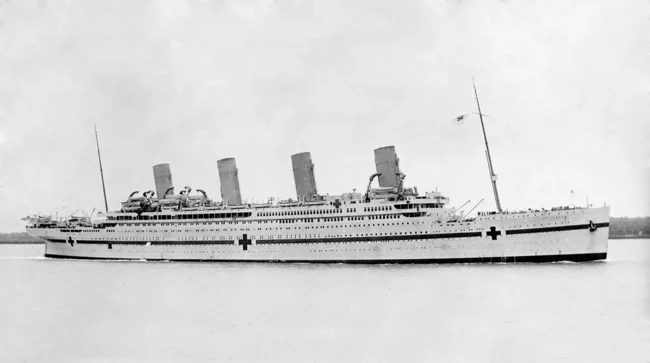The first artifacts from the sunken twin of the Titanic (7 photos)
Archaeologists have discovered treasure at the wreck of the Britannic, the Titanic's forgotten sister ship that sank in the Aegean Sea during World War I. The valuable items will be displayed at the new National Museum of Underwater Antiquities in the port of Piraeus, Greece. 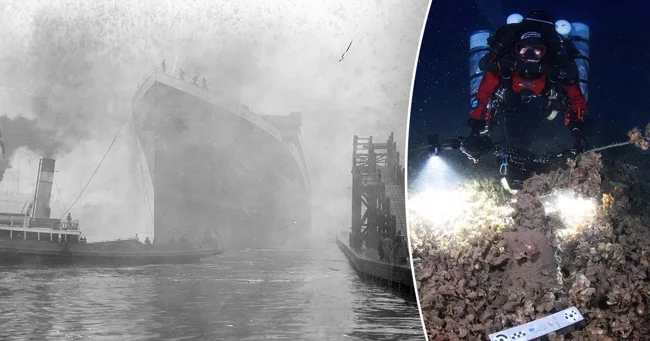
Built by the same company as the Titanic, the Britannic was designed as a luxury cruise liner but was requisitioned as a hospital ship during the war.
The ship completed several missions transporting wounded before setting out on its final voyage on November 12, 1916. It ended just nine days later when the ship struck a German mine and sank in 55 minutes in the Aegean Sea.
Captain Bartlett considered running the Britannic aground off the island of Kea, 12.6 km away, but abandoned the idea because the moving ship would take on water more quickly. Evacuation began 7 km from the island.
A total of 1,036 people were saved, 30 died (many after their lifeboats were sucked into the rotating propeller). 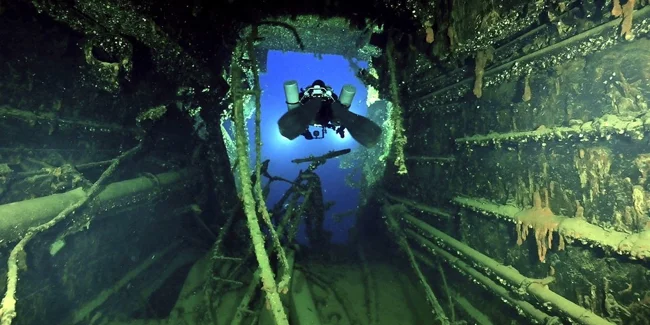
Last week, the Greek Ministry of Culture announced that a team of 11 divers recovered priceless relics from the sunken ship in May.
Among the artifacts are the ship's bell, a navigation light from the port side, silver-plated trays for first-class passengers, ceramic tiles from a Turkish bath, a pair of binoculars, and a porcelain sink from a second-class cabin. 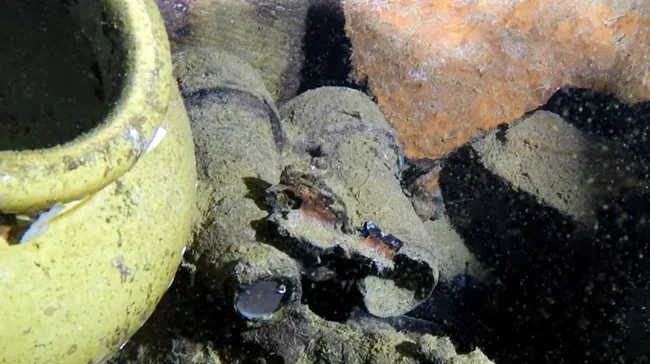
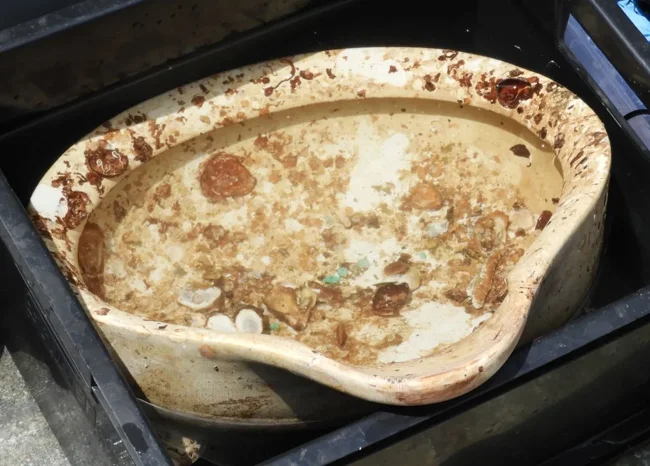
A team of experienced deep-sea divers used closed-circuit breathing equipment. This equipment allows diving to great depths without the use of compressed air tanks. Instead, the system recirculates the diver's breath, removing carbon dioxide and adding fresh oxygen.
The ministry noted that the working conditions were challenging, with strong currents and poor visibility. Because of this, not all of the items listed in the plan were recovered. Some were in poor condition, while others were in hard-to-reach places. 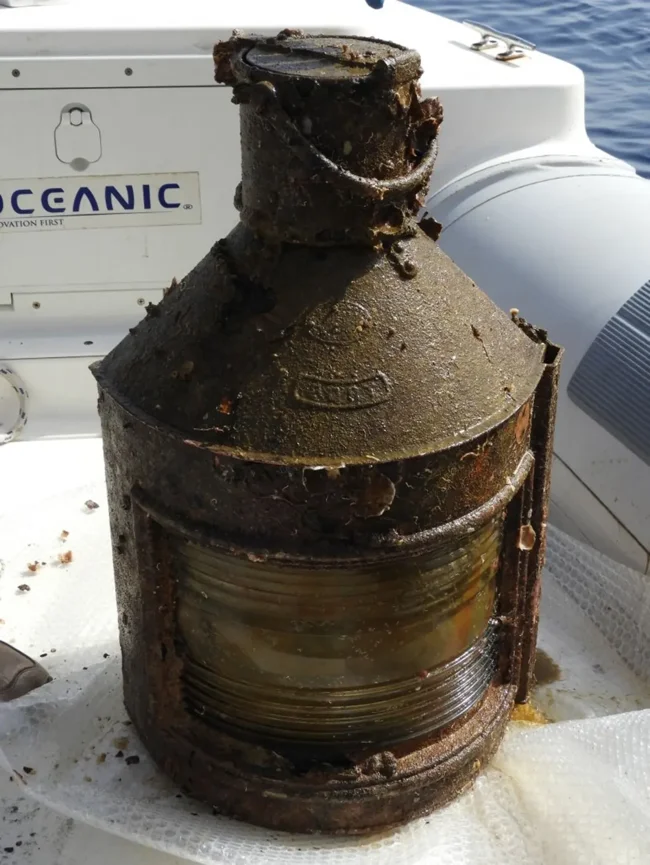
The artifacts were delivered to the European University Association (EUA) laboratories in Athens for conservation.
The porcelain sink remained pristine white, and the bright blue "White Star Line" stamp was visible on the plate. However, the trays, once sparkling, had become rusty after more than a century underwater.
All these items will become part of the collection of the future Museum of Underwater Antiquities in the port of Piraeus. 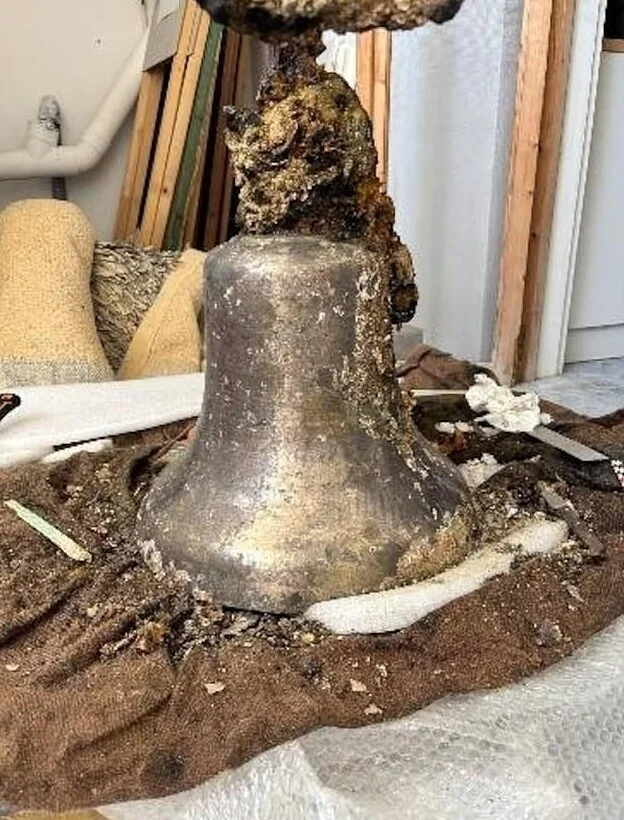
The Britannic was 269 meters long, 28.65 meters wide, 18.4 meters high, and had a gross tonnage of 48,158 tons, making it the largest British ship of its time.
The White Star Line liner sailed on its maiden voyage on December 23, 1915, from Liverpool bound for Moudros, Greece.
In 1975, Jacques-Yves Cousteau, the renowned French oceanographer, discovered the sunken Britannic. The ship lay on its starboard side at a depth of 122 meters. It was almost intact, save for a massive hole in the bow. 